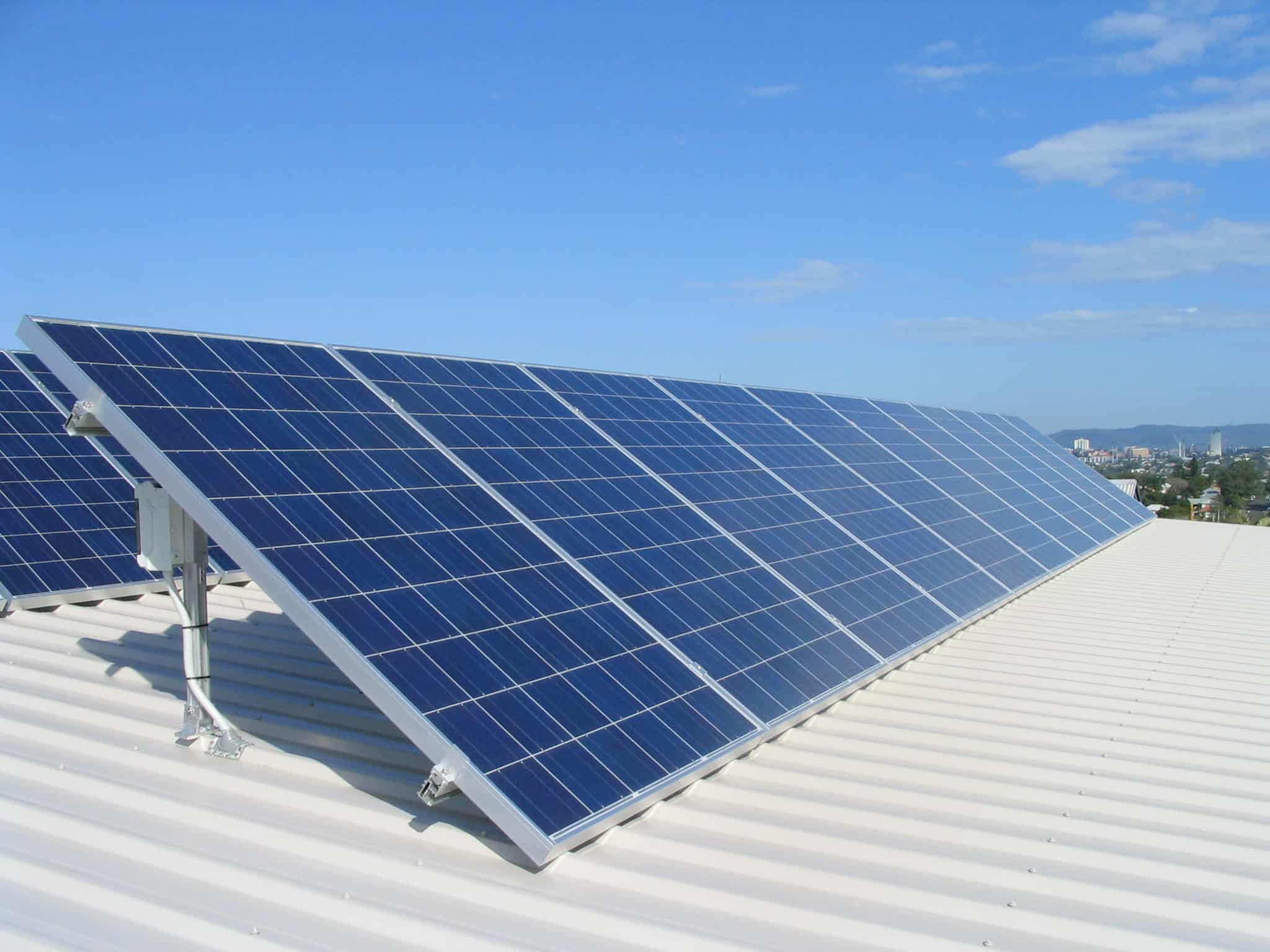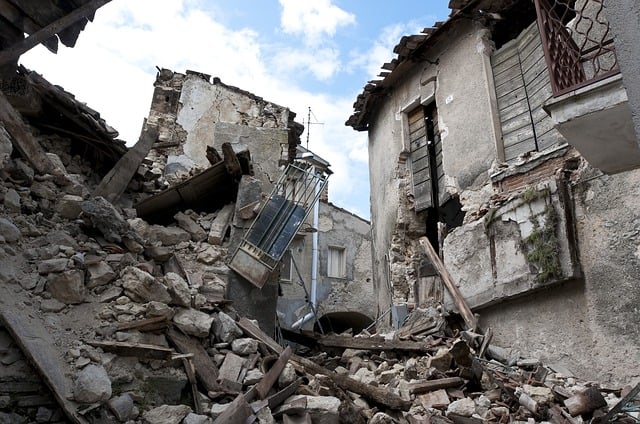Plastic is part of our everyday lives. we eat with it. we drink with it, wash our clothes with it, package our goods with it and lots more. Due to its convenience, plastic is used for almost everything. Despite these numerous advantages, it also has a bad side. In this post, we will be looking at how is plastic harmful to humans.
A few years ago, I was having a discussing with an older colleague and he was “gisting” me about how growing up in the sixties look like. He said the world was almost “plastic free”. Food was actually packed up in cardboard, paper, and glass. Plastics were not used to package and store foods, and the bags used in grocery stores were a thick brown paper, not these poor plastic bags present nowadays.
Unlike the sixties, almost every single packaged food makes use of plastic today. Even, most milk containers and cardboard drink are now covered with plastic instead of wax.
Undoubtedly, plastics are everywhere. But these do not mean they are good or safe. A better understanding of the harmful effects of plastic will make us realize their toxic nature.
Whenever we talk about plastic, we remind ourselves of the kind of hazardous effect that it creates in oceans in specific. However, we are not going to discuss the plastic pollution in Oceans in this article, we are going to have another article on it later in this site.
But if you are very interested to know about it, then the environmentalist Charles Moore (discovered the world’s largest collection of floating trash—the Great Pacific Garbage Patch while sailing from Hawaii to California) explains the level of plastic pollution he saw in his book at Amazon.
This is an extremely well-written and well-documented book about how we are destroying the oceans and ultimately ourselves with plastic. It is not a light-hearted and fun read, but it is horrifyingly informative. I have changed my attitude toward all plastic products and am trying to eliminate them from my life.
What are Plastics?

Plastics is a wide variety of semi-synthetic or synthetic materials which are used in a massive and different variety of applications. Everywhere you go, you will see plastics. There are plastics in the clothes we wear, the cars we travel in and the houses we live in. The DVDs we watch, the toys our kids play with, the computers we use, and the televisions we watch, all contain plastics.
Just like paper, wool, or wood, plastics are organic materials. Natural products such as salt, cellulose, propane, coal, and crude oil are the raw materials used for producing plastics.
Plastic is everywhere because it is convenient and rather cheap. It is generally known and advertised as a safe product and that it even saves lives. Though this might be true, it is for a short term. The truth is, this safety is based on flimsy regulations and outdated science.
Also, its convenience comes from being light in weight and it also comes in the different variety of finishes and colors. And its flexibility makes its forming easier.
Everyone makes use of plastic. From a designer store to a vegetable vendor, everybody seems to use it. Though it might appear to be one of the modern conveniences that we can’t do without, it still causes great harm to humans. Such as affecting human health, causing pollution, eradicating wildlife, and affecting the food chain.
But, a lot of us are unaware of the effects of plastics on humans and the harmful effect that may occur in the nearest future due to the plastics. I wrote this article to explain how is plastic harmful to humans.
How is plastic harmful to humans
-
Affect human health
Plastics are harmful to human health mainly due to the chemicals used in their manufacture and production. Chemicals are used to change the properties of plastics such as softening or hardening them or used in changing the color of the plastics.
The poisonous chemical release during manufacture of plastics has a negative effect on human health. An entire host of neurotoxic, carcinogenic, and hormone-disruptive chemicals are the waste materials of plastic production. These waste materials inevitably find their way into our environment through pollution, land, and water.
Other compounds released are dioxins (PVC), vinyl chloride (PVC), phthalates, benzene (polystyrene), bisphenol-A, plasticizers (PVC), BPA (polycarbonate) and formaldehyde. Most of these compounds are persistent organic pollutants (POPs).
The coming together of these persistent pollutants brings about a high level of toxicity in our environment. And they create the most harmful toxins on earth. Their total release into the earth affects all humans that come in contact with them.
Also, the poisonous chemical that comes from plastic can find their way to the tissue and bloodstream of humans. Regular exposure to them can cause cancers, leukemia in children and adults, impaired immunity, birth defects, endocrine disruption, and other diseases.
Furthermore, the processes of creating, storing, losing, and disposing of plastics are extremely harmful to humans.
-
Lesser petroleum

Petroleum products are reducing and are becoming more costly each day since we are using this non-renewable resource all the time. And when making plastic, about 60 million to 100 million barrels of crude oil are needed yearly all over the world. Definitely, this valuable resource shouldn’t be wasted on manufacturing plastic products, should it?
Petroleum is very important for our present way of life. It is essential for our energy requirements – for our transportation, lighting, factories, heating, and many more. Without possible alternative options for energy present, if the provision of petroleum were to be switched off, it might lead to nearly the whole world grinding into a halt, thereby, affecting the human environment.
-
Contaminate drinking water

Plastic micro-particles can find their way into our drinking water. When sunlight and erosion break down huge plastic waste into a lot of smaller pieces, it produces these tiny plastic particles.
A study recently shows that plastic fibres or particles are in our drinking water. It is definitely possible that a lot of our drinking water could contain plastic particles given how common plastic is and how it easily gets into our environment as litter, as well as fibres from clothes.
According to research, U.S has the highest contaminated rate with 94 percent of their tap water having these plastic micro-particles. U.K, France, and Germany also have about 72 percent contamination rate.
These type of micro-particles found in the drinking water have a quite number of potentially harmful effects. As they can enter the bloodstream and affects human health negatively.
Also, another concern is the fact that these plastic micro-particles could become the carriers for other harmful substances to enter in the body. Generally, these particles repel water and may bind with toxins that do not dissolve. If these micro-particles eventually enter the body, they could accumulate as fatty tissues.
-
Air Pollution

Plastics take a lot of years to decompose due to the strong chemical bonds that make them last. The simplest plastics like the types used in grocery stores take nothing less than 50 years to decompose while the complex types take between 400 years to 600 years to break down.
Since it takes long years to decompose, people end up burning it. And the burning of plastic leads to air pollution due to the release of poisonous chemicals into the atmosphere. The polluted air when inhaled affects human health and can cause respiratory problems.
-
Affects the Food Chain
Because it comes in small and large sizes, plastics, when polluted, can affect the earth’s tiniest organisms like plankton. When these organisms die due to plastic intake, this will cause problems for the bigger animals that rely on them for food.
Thus, causing a lot of problems, each step further down the food chain and this will definitely affect humans.
-
Land Pollution
When plastic in the landfills comes in contact with water and thereby form harmful chemicals. When these hazardous chemicals leak underground, they reduce water quality. Also, the wind carries plastic from one place and leaves them in another, increasing the land waste. This, in turn, leads to land pollution.
Land pollution has several harmful effects on humans. The effects may come from direct contact with the polluted land or from contact with other resources, like water, which may have come in exposure with the polluted land.
Humans may also suffer liver or kidney damage from regular exposure to excessive chemicals in the land and may also cause permanent developmental damage in children.
Furthermore, Plants in this lightly polluted soil can absorb the molecules of the pollutants continuously. Since the plants cannot remove these molecules, they build up in the plant. This causes greater amounts of pollution in the plants. People who eventually eat the plants that contain accumulated great amounts of land pollutants take in poison.
-
It affects wildlife
The real effect of plastic is on wildlife both terrestrial and the marine animals. Plastic litter kills a great number of whales, birds, turtles, and seals yearly in the aquatic environment as they always take in plastic waste mistaken it for food like jellyfish.
When they eat this plastic bag, it does not digest and the animals do not excrete it, so it remains inside the gut. This, in turn, prevents food digestion in the animals and therefore leads to a slow and painful death.
Also, plastics can get stuck on trees, traffic lights, poles, tower, fences, etc, and animals that come to such environment might get suffocated to death by mistakenly taking in such materials. And the worst thing is that the plastics taken in remain intact despite the death and disintegration of the animal. Therefore, it lies around in the environment, waiting for another victim to swallow it. This, in turn, may result in animal extinction.
And, extinction of animals can result in the downfall of humans. If animal extinction occurs, humans will definitely lose one of their major sources of food. Yes, humans may all turn to vegetarians but on a long run, plants will be unable to give us enough energy to sustain us. This, in turn, can result in the extinction of humans.
Also, animals dung can fertilize the soil. And it also helps to make the soil fresh so that the crops can grow healthier and faster. Without animals, plants will lack necessary nutrients and this naturally affects humans.
-
Water Pollution

The water in the world is in great danger as a result of leaking plastics. If you have come across a waste dump, imagine what will happen anytime rain falls. Plastic accumulating on our beaches and in your oceans has developed into a global crisis.
Thousands of thousands of plastic are in the oceans. Author Marcus Eriksen (Director of research for the 5 Gyres Institute, an environmental science and advocacy nonprofit organization) clearly explains the rise of plastic pollution is his Book here in Amazon. It is a thrilling combination of adventure and romance as the author details a personal journey that carries the reader along as we explore the rise of ocean plastic pollution.
Apart from the death a large number of sea turtles, seabirds, whales and other aquatic animals yearly after getting ingesting plastic, it is also a cause of water pollution. Most of the pollution and litter affecting the oceans of the world oceans comes from plastics.
This, in turn, has awful effects on humans. Contagious diseases (water-borne diseases spread through the contaminated water. Some of which include Jaundice, Cholera, Malaria, Paratyphoid Fever, Amoebiasis, Dysentery, and Typhoid.
Conclusion
While plastic has a lot of important uses, it also has a lot of negative effects that are detrimental to humans. Around the globe, people buy about one million drinking bottles made of plastic every minute, and we make use of approximately five trillion single-use plastic bags yearly around the world.
But the truth is half of all these plastics are designed to be used just once and after that thrown away. As a result of this, it affects humans negatively.
Plastic is a non-biodegradable product (can’t break down into smaller pieces) and it can cause a great harm to our environment. In the U.S alone, they make use of approximately 100 billion plastic bags yearly. And when one takes a look at the large population and economies of Europe, China, India, and some other parts of the world, the numbers can be stunning.
Plastic waste is now everywhere within our environment and the increasing rate of plastic pollution has even become worst a result of the population growth and rising consumption. This is increasingly turning to a major problem and poses a considerable threat to our environment by leading to water, air, and land pollution.
Plastic affects the human negatively and one of the worst effects is their non-biodegradable nature. The breaking down of plastic takes at least 400 years. Nobody will live that long to witness the breaking down of plastic! Also, it has terrible consequences for plants, wildlife, and humans since they contain a lot of harmful compounds.
Next time you are going shopping; try and go with a cloth or paper bag. Also, try and avoid coming home with plastic bags and purchase items with not too much packaging. With this, you can help in contributing to the environment by reducing the harmful irreversible effects of plastics on humans.
With this post, I believed we understand how is plastic harmful to humans.




